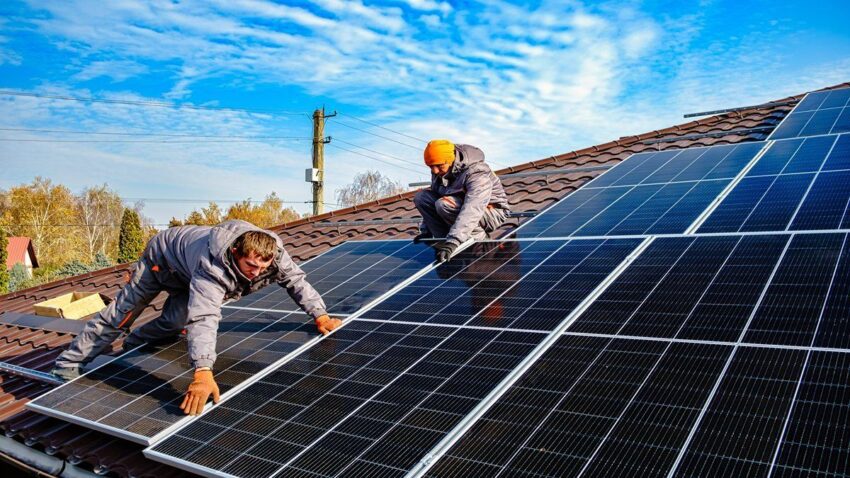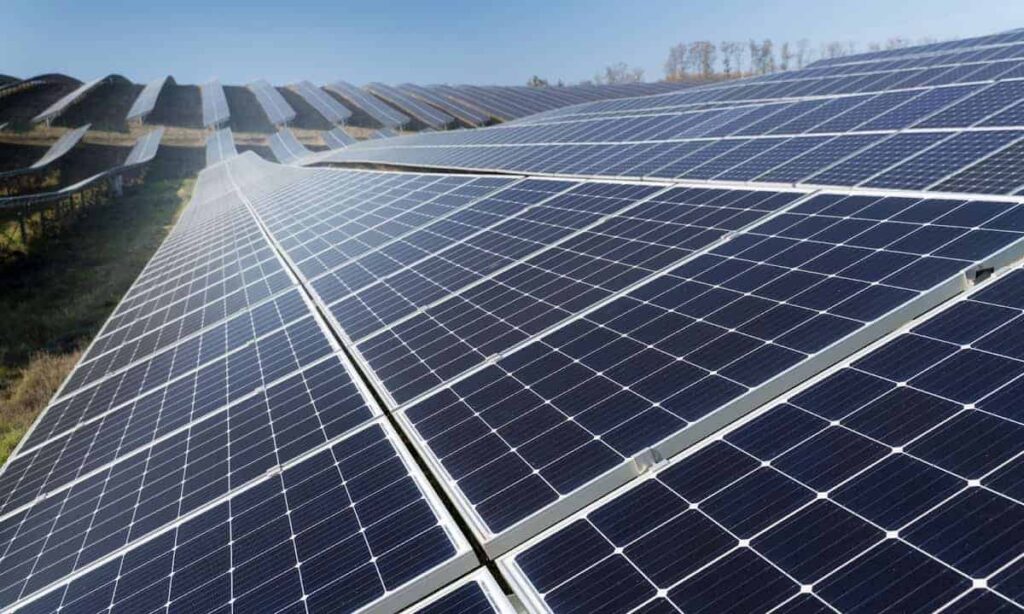Solar panels have become an increasingly popular source of renewable energy, praised for their potential to reduce greenhouse gas emissions and reliance on fossil fuels. However, like any technology, they come with both environmental advantages and disadvantages. Here’s a comprehensive analysis of the environmental pros and cons of solar panels:
Environmental Pros of Solar Panels
Reduction in Greenhouse Gas Emissions
Benefit: Solar panels generate electricity without emitting carbon dioxide (CO2) or other greenhouse gases. This helps combat climate change and reduce air pollution.
Impact: By replacing fossil fuel-based power plants, solar energy significantly lowers the carbon footprint of electricity generation.
Renewable Energy Source
Benefit: Solar energy is abundant and inexhaustible. Unlike fossil fuels, solar power does not deplete natural resources.
Impact: Utilization of solar energy contributes to sustainable energy development and energy security.
Reduction in Air and Water Pollution
Benefit: Solar power generation does not produce air pollutants such as sulfur dioxide (SO2) or nitrogen oxides (NOx), which are common in fossil fuel combustion.
Impact: This results in cleaner air and reduced respiratory and cardiovascular health issues. Additionally, solar panels do not require water for electricity generation, thus conserving water resources and preventing thermal and chemical pollution of water bodies.
Minimal Operational Waste
Benefit: Once installed, solar panels have minimal operational waste. They require little to no maintenance and produce no noise pollution.
Impact: This leads to a quieter, cleaner environment compared to traditional power plants.
Scalability and Versatility
Benefit: Solar panels can be installed on various scales, from small residential rooftops to large solar farms. They can also be integrated into building materials, such as solar shingles.
Impact: This flexibility allows for widespread adoption and utilization in diverse settings, enhancing overall energy grid resilience.
Environmental Cons of Solar Panels
Energy-Intensive Manufacturing
Drawback: The production of solar panels involves significant energy consumption and the use of materials like silicon, glass, and metals, which have environmental impacts.
Impact: Manufacturing processes can result in greenhouse gas emissions and the release of pollutants if not managed sustainably.
Use of Hazardous Materials
Drawback: Some solar panels, particularly older models, contain hazardous materials like cadmium and lead, which pose environmental and health risks if not properly disposed of.
Impact: Improper handling and disposal of these materials can lead to soil and water contamination.
Land Use and Habitat Disruption
Drawback: Large-scale solar farms require significant land, which can disrupt local ecosystems and wildlife habitats.
Impact: Land use changes can result in habitat loss, altered land use patterns, and potential conflicts with agricultural or conservation priorities.
Intermittent Energy Supply
Drawback: Solar energy is intermittent and dependent on weather conditions and daylight hours, which can create challenges for consistent energy supply.
Impact: This intermittency requires the development of energy storage solutions or backup systems, which can have additional environmental and economic costs.
End-of-Life Disposal
Drawback: Solar panels have a lifespan of around 25-30 years. At the end of their life cycle, proper disposal or recycling is necessary to prevent environmental harm.
Impact: The current recycling infrastructure for solar panels is limited, leading to potential waste management challenges and resource recovery issues.
Conclusion
Solar panels offer significant environmental benefits by reducing greenhouse gas emissions, decreasing air and water pollution, and providing a renewable source of energy. However, their production, installation, and end-of-life disposal present environmental challenges that need to be managed carefully.
Balancing these pros and cons involves improving manufacturing processes, enhancing recycling capabilities, and integrating solar energy with other renewable sources and storage solutions to maximize its environmental benefits. As technology advances, the environmental impact of solar panels is expected to decrease, making them an even more attractive option for sustainable energy generation.




